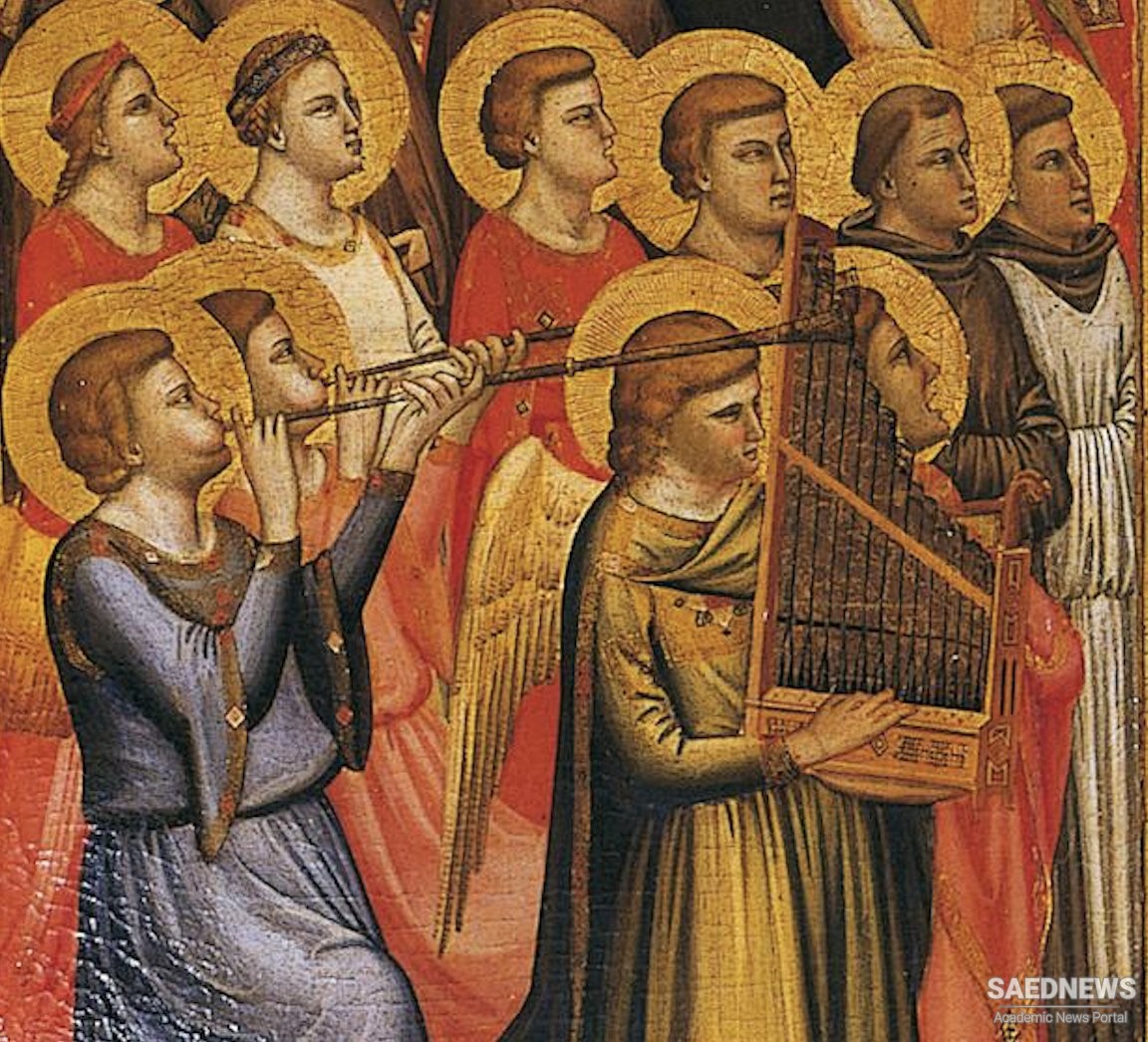Before I 100 the history of instruments is very meagre. At the outset, of course, various ancient'forms, both Greek and Roman, long continued in use. But gradually these were replaced by new forms, of various origin. Of the process of invention and improvement we are but slightly informed. The one partial exception is the organ, which early became notable because used in churches. Scattered references and even sculptured representations begin as far back as the 4th century, and from the 8th onward the data rapidly accumulate, especially in western Europe. The line of derivation was plainly by way of Byzantium and the Venetians, and thence to Germany, the Low 'Countries and England. The date of the first use of the organ in public worship is not known, but was not later than the 3d century, since it was common in Spain by ,450 • Of course, the ancient idea of compressing the air by water was early replaced by the use of bellows. For centuries, however, the wind-supply was clumsy and inefficient (as late as 950 we read of "70 men" acting as blowers in Winchester Cathedral). The pipes, made of lead, copper, brass, bronze or iron, ranged in number from about 8 up to I 5-26 in the 4th century and to 400 in the loth. The compass was at first only one octave, and before 1200 probably did 110t exceed 2 1/2 octaves - the scale being purely diatonic with Bb added. In later examples the large number of pipes simply meant duplication of the tones for loudness or variety. The pipes were made to sound by depressing keys or levers not unlike those used to-day for chime-ringing, and they were so far apart and had so much 'dip' and resistance that they required a stroke from the hand or fist - the player being called an 'organ-beater.' Variety of tone was somehow secured in the better specimens by the use of 'stops,' whose quality might be soft and sweet or harsh and stentorian. The organ was used solely to support Gregorian melodies, one tone at a time. There was no independent organ music till the 15th century.


 Musical Understanding of Ancient People
Musical Understanding of Ancient People














































